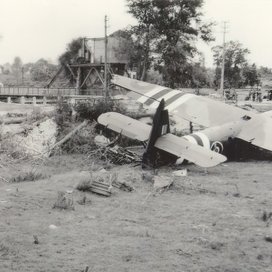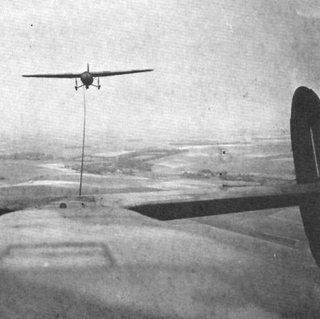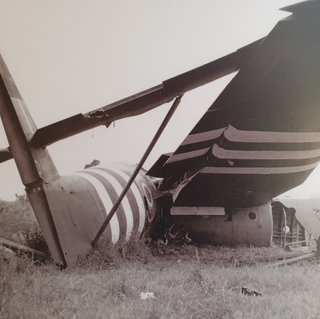THE HORSA GLIDER
During the Second World War, thousands of gliders were used. Germans and Allies resorted to them to transport troops and materials. The gliders were usually accompanied by squadrons for protection. Detached a few kilometres away from their final destination, the gliders used to hover in the air, towards their landing zone.
Six Horsa gliders carried the troops that led the attacks against the Orne bridge, called Horsa Bridge, and the Caen canal’s Pegasus Bridge. Operation Deadstick was entrusted to the British soldiers of the 6th Airborne Division. The operation involved seizing control of the Bénouville and Ranville bridges, which needed to remain intact. The 6th Airborne Division had to wait for support from the 7th Parachute Battalion, and then also for reinforcement from No.4 Commando…
Hundreds of these gliders transported the men and equipment of the 6th Airborne Division.
The Horsa glider has been used on many occasions. From its first use in Norway in 1942 to its massive deployment during the Normandy landings in June 1944.
But also, In 1943, during the invasion of Sicily, in August 1944, during the invasion of southern France, in Arnhem (in the Netherlands) in September of the same year or in March 1945 during the crossing of the Rhine.
Technical drawing showing the interior of the Horsa glider fuselage, 1944 © Musée du Mémorial Pegasus
Horsa glider (Airspeed AS 51) tugged in flight by a bomber (Armstrong Whitworth Albemarle) © IWM
Horsa n°3 glider broken after landing near the Benouville bridge, 12th july 1944 © IWM B 7036



